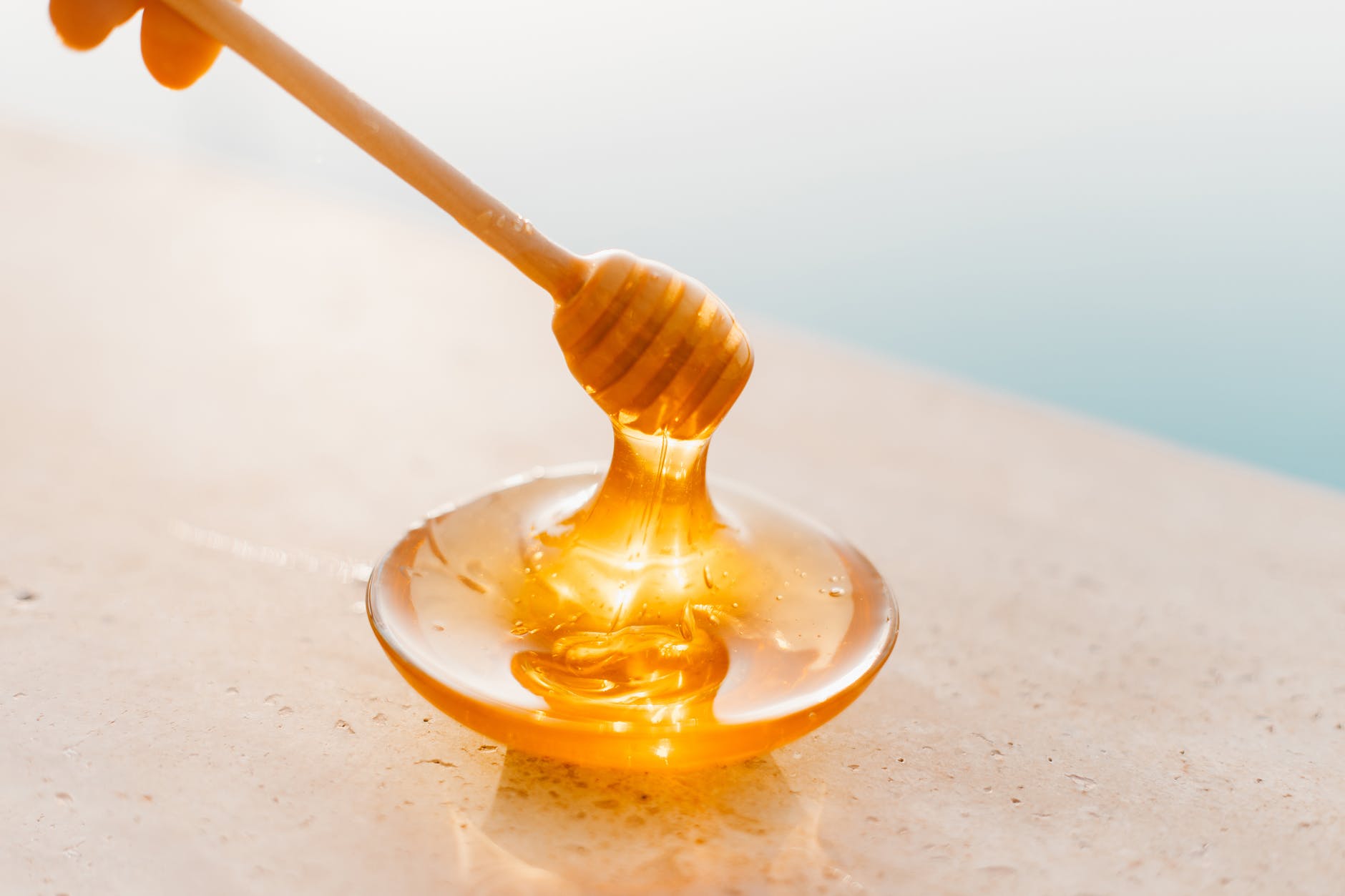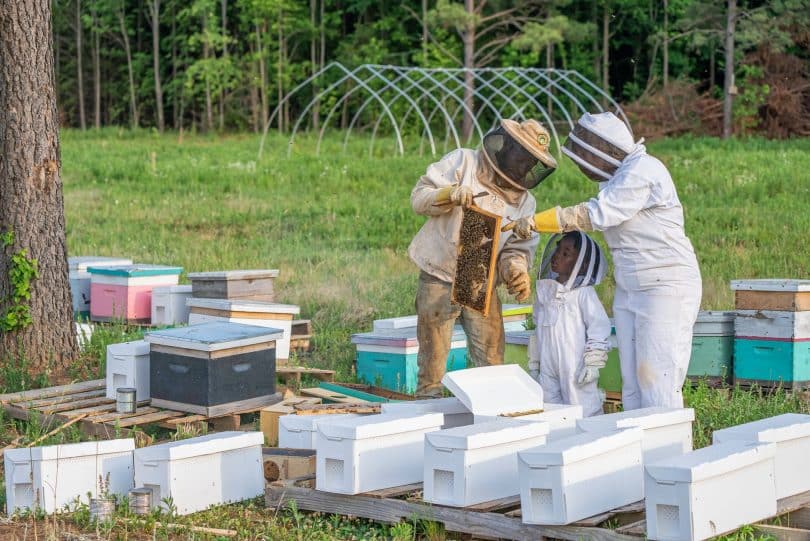Imagine having tons of beehives in your backyard and making money from them. Sounds tempting, no? Thanks to the popularity and demand for natural products, beekeeping has become a common hobby in recent years. People across the globe set bee colonies, rear them, and turn them into profitable assets over time. If you want to start an exciting hobby that becomes your asset in the long run, start beekeeping, and you’ll never look back.
However, as fascinating as it sounds, you need proper beekeeping tools and information to start it as a hobby. Many hobbyist beekeepers fail to fulfill this commitment and abandon their beehives after some time. If you want to start beekeeping as a long-term hobby and make it profitable, you’re already in the right place.
Stick around to understand everything important about beekeeping!
Steps to Start Beekeeping as a Hobby
Bees sting real bad, and most people don’t go near beehives thinking they’ll return as swollen potatoes. But the truth is, if you start beekeeping after gathering the important information and have essential beekeeping tools, it’s like a walk in the park. Sure, you’ll have to be persistent if you wish to start beekeeping, but there is nothing dangerous or tiring in the process.
So, if you want your beekeeping hobby to be successful and fun, follow these steps, and you’re sorted:
Step 1: Learn the Basics
Simply putting together a few beehives won’t cut it; you need clear-cut knowledge of the subject. When you don’t know the right time to start beekeeping or don’t have the essential supplies, this entire venture can fail. Therefore, start by educating yourself. You can either take a short course to start beekeeping, read a , watch videos, or talk to expert beekeepers before opting for this hobby. Since bees’ patterns and their life cycle are unique, learning everything you can at this stage is smart.

Step 2: Choose a Location for the Beehive
The next stage of beekeeping revolves around the location. Do you plan on starting beekeeping in your backyard or somewhere else? Although you don’t necessarily need a wide place to start beekeeping as a hobby, some open-air area is still necessary. You can easily set beehives in your backyard if it is spacious enough and there’s enough ventilation around the hives. However, be careful about the neighbors’ preferences and local laws as some authorities don’t allow beekeeping in residential sectors. A well-ventilated and open-air patch of land is all you need to set the hives.
Step 3: Collect Beekeeping Tools
Your beekeeping tools are the most important part of this hobby. It’s better to get an that includes all supplies to ease this venture for you. A typical beekeeping kit includes hives, brushes, uncapping tools, cleaning shovels, protective gear, and so on. If you’re unsure which beekeeping tools are mandatory, refer back to your guide and get only the . If you don’t want to splurge on a large toolkit, buy essential beekeeping tools first and add more items to your kit with time.
One critical part of beekeeping tools is your . This suit should include coveralls, gloves, a beekeeping veil, and a face mask to ensure you’re always safe. Since getting stung by bees is not a part of the package, never visit the buzzy fellows without your sting-proof suit.
Step 4: Find the Bee Colonies You Want to Raise
Once you decide to start beekeeping as a hobby, contact your preferred bee supplier as soon as possible. It’s best to order bees in December/January so that you can get them before spring. Although there’s no exact time to start beekeeping, spring is usually a good time for it. You’ll have to consult an expert beekeeper about the timeline to ensure this venture takes off well.
Step 5: Set Up the Hive
After ordering bees for your new hobby, it’s time to set the hive in the designated spot. Setting beehives takes some training and time, so be patient at this point. Refer back to the beekeeping guide you’ve been following and install the apparatus accordingly. It’s good to install only a few beehives in the first go so that you don’t get overwhelmed and can closely monitor them.

Step 6: Accommodate the Bees
Once the beehives are all set and you have the bees, accommodate them by following the instructions in your beekeeping guide. Don’t overcrowd the beehives and maintain symmetry throughout the beekeeping set-up for easy cleaning.
Step 7: Monitor the Colonies
Now is the time to be patient and consistent with the beekeeping colonies. This hobby doesn’t take off overnight and requires commitment on your part. You’ll have to monitor the bees’ movement, growth patterns, health, and overall well-being the entire time they’re with you. Your primary goal as a new beekeeper is to take your bee colonies through their first year without a major setback. The regular beehive inspection session will tell you about their food, space, and health status so that you can plan accordingly. If you notice a shortage of food or space, install more beehives to keep things sustainable.
Step 8: Decide a Marketing Plan
If harsh weather or infectious diseases don’t mess with your beehives and you’re happy with this thriving community, decide what to do next. Say you have more than 30 beehives, and there’s enough beeswax or honey in them. Now you can sell both of these products to a nearby facility and make some bucks. Beeswax, royal jelly, propolis, honey, and pollen are sold like hotcakes if you have the right contacts and become a dedicated beekeeper. Although reaping these advantages of beekeeping takes time and patience, this process is worth the wait. You can also join the local beekeeping community or start a business for selling these products.

Benefits of Beekeeping
Beekeeping seems fascinating but daring, leading people to think, what’s the gain here? If you’re also skeptical about the benefits of this hobby and wish to start beekeeping with full confidence, here are some points to make your mind:
Mindful and Close to Nature Hobby
Purchasing, rearing, and monitoring bee colonies is a mindful hobby. If you’re interested in studying different ecosystems and steps of the food chain, start beekeeping to clear your perspective. Besides the material gains, beekeeping is also known to have meditating effects, something you should look into.
Natural Products
Liquid gold, i.e., honey, royal jelly, propolis, beeswax, and pollen – beekeeping brings along a treasure of natural products. You can use these products or sell them to local stores for a little extra income. Honey bees are the most powerful and essential pollinators. So, if you’re a gardener, these bees can bring impressive changes to your crop with their pollination power.
Evolving Hobby
Start beekeeping now, and it will evolve with you. You might take up beekeeping without much confidence, but once you get the hang of their colonies, growth patterns, and the monetary benefits they bring along, you’ll become a dedicated beekeeper for sure.
Final Thoughts on Beekeeping
Hobbies are meant to be interesting and rewarding – beekeeping ticks both boxes. If you want to start a hobby that fosters your love for nature and keeps you busy, beekeeping is a great option. Once you have the essential knowledge and tools needed to start beekeeping, you can indulge in this hobby right from your backyard. Be sure of your objectives about beekeeping, invest in good beekeeping tools, and be consistent with this hustle.
When your bee colonies start to thrive, and there’s enough product to sell, you can easily turn this hobby into a side-gig. Honey is called liquid gold, and beeswax is used in plenty of things – why not use that to your benefit? Don’t be too daring and experimental with beekeeping because this hobby is a constant learning process.
If you’re interested in more outdoor hobbies, check out these 12 hobbies to start this spring!







